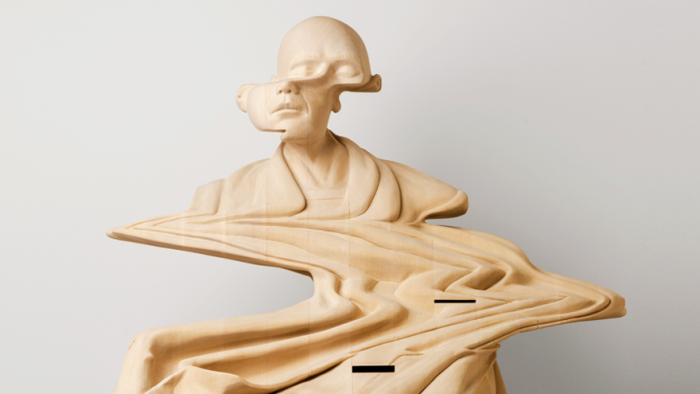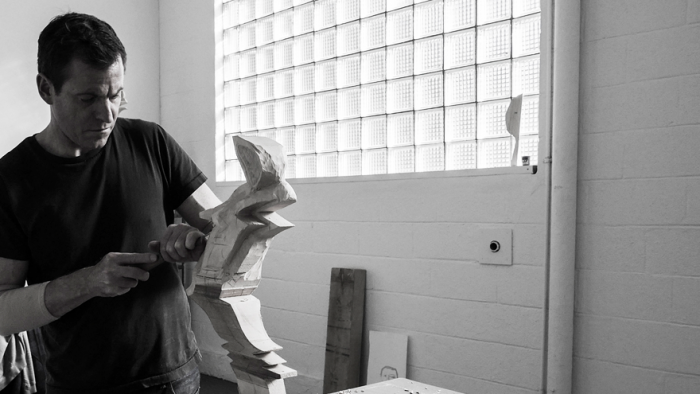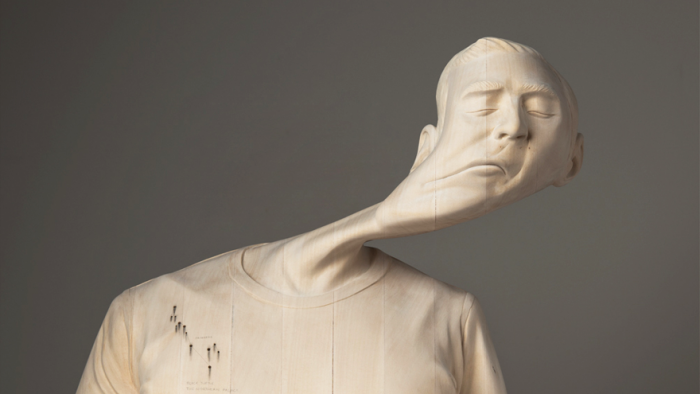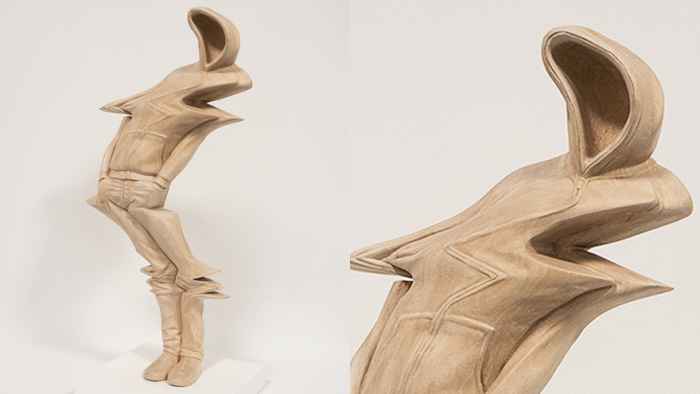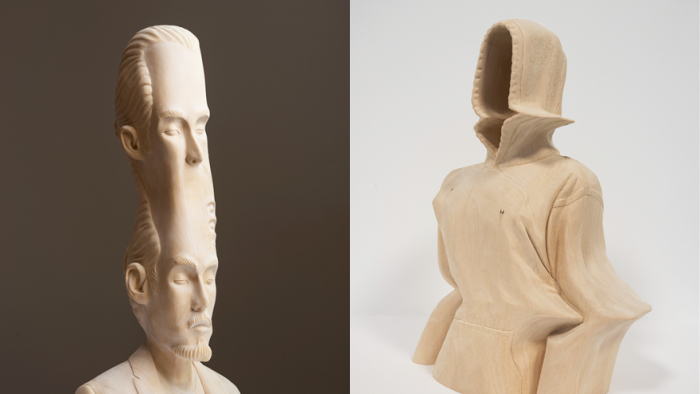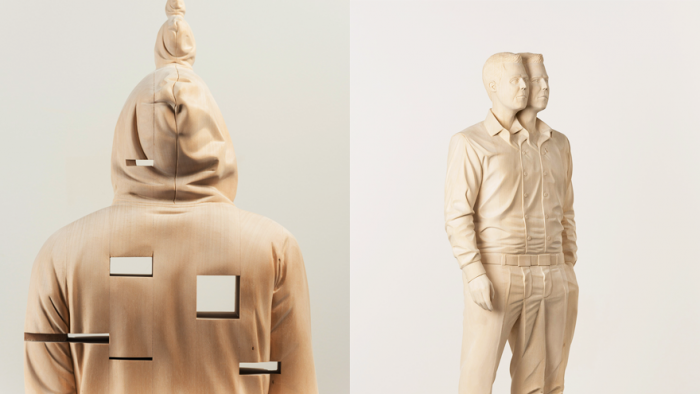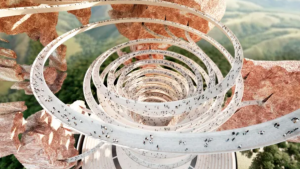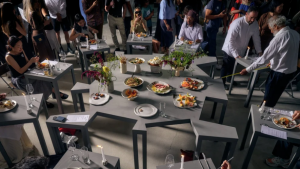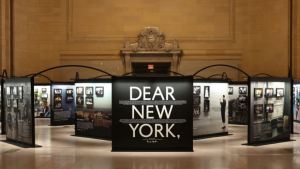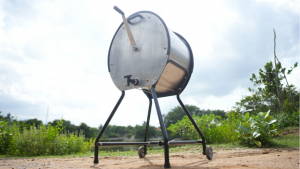The advent of photo-manipulation in the 21st-century added a plethora of powerful new tools to the visual artist’s arsenal. These days, no concept is beyond the reach of a keen illustrator and virtually any fantasy can be brought to life through computer-generated imagery. However, one artist has reversed the script by creating artworks that seem as though they have been pulled a few degrees out of reality with Photoshop wizardry, yet are physical, wooden statues meticulously carved into distortion by artist Paul Kaptein.
Based in the city of Perth, Australia, Kaptein has made a name for himself with his unique approach to treating deep psychological subjects through wooden illusions. We made contact with the Curtin University graduate to learn more about his practice and what life is like for a sculptor in the city of Perth. Similar to the primordial figures of Stanislaw Trzebinski, Kaptein’s signature style of distortion represents a deeper look at the human condition.
“I tend to operate in the slippage of apparent dichotomies and contradictions,” says Kaptein, “It’s search for balance between space and time, movement and stillness, the form and the formless. The power of art, for me, is in its ability to communicate that which we don’t know or can’t express through other means.”
While each wooden figure emerges as a contorted reflection of humanity at large, Kaptein puts forth that it is really the negative space of each sculpture that forms the basis of his approach. The artist intends for the viewer to think on the formless particles (now dispelled from the scene) that allows each figure to have its strange shape, and what the formless particles that we carve from our own lives are.
“The process of carving is all about removal. It’s about what is taken away, what is no longer there. As the wood is ground off in ever-diminishing dust, an atomisation occurs as the work subtly dissolves and floats up and away from the workbench, out of the studio, into the wind or on my clothes,” explains the artist, “I think this shift in perspective is what makes the intention of my practice different from anything else – what I place in a gallery is not really the work, but the residue – the empty form.”
Apart from the rather deep conceptual side of his creations, Kaptein’s work is influenced by his position geographically. According to him, the relatively small size and remoteness of Perth make it a harsh environment for artists to build a viable career there. The real-world problems of transport cost and lack of venue prohibit creative people to gain traction here and abroad. Fortunately, like so many others, Kaptein has found his tribe in other countries around the globe and built a following through social media.
“There is a pretty amazing group of artists in the creative scene here, though the structures to support us are very slight,” he says, “To be an artist here you need an astonishing amount of commitment, determination and resilience. I consider myself incredibly fortunate to have gained significant exposure via the Internet and my Instagram. I don’t really have a career in Perth as much as a career from Perth.”
And how would a sculptor with a career from Perth distinguish a great piece of art from a bad one?
“Great art stops you and holds you in its grasp for a while. It takes you out of your timeline and into its own space. There is a sense of expansion and exchange – giving up something to gain something. It can be big or small, but great art changes something in you irrevocably.”

